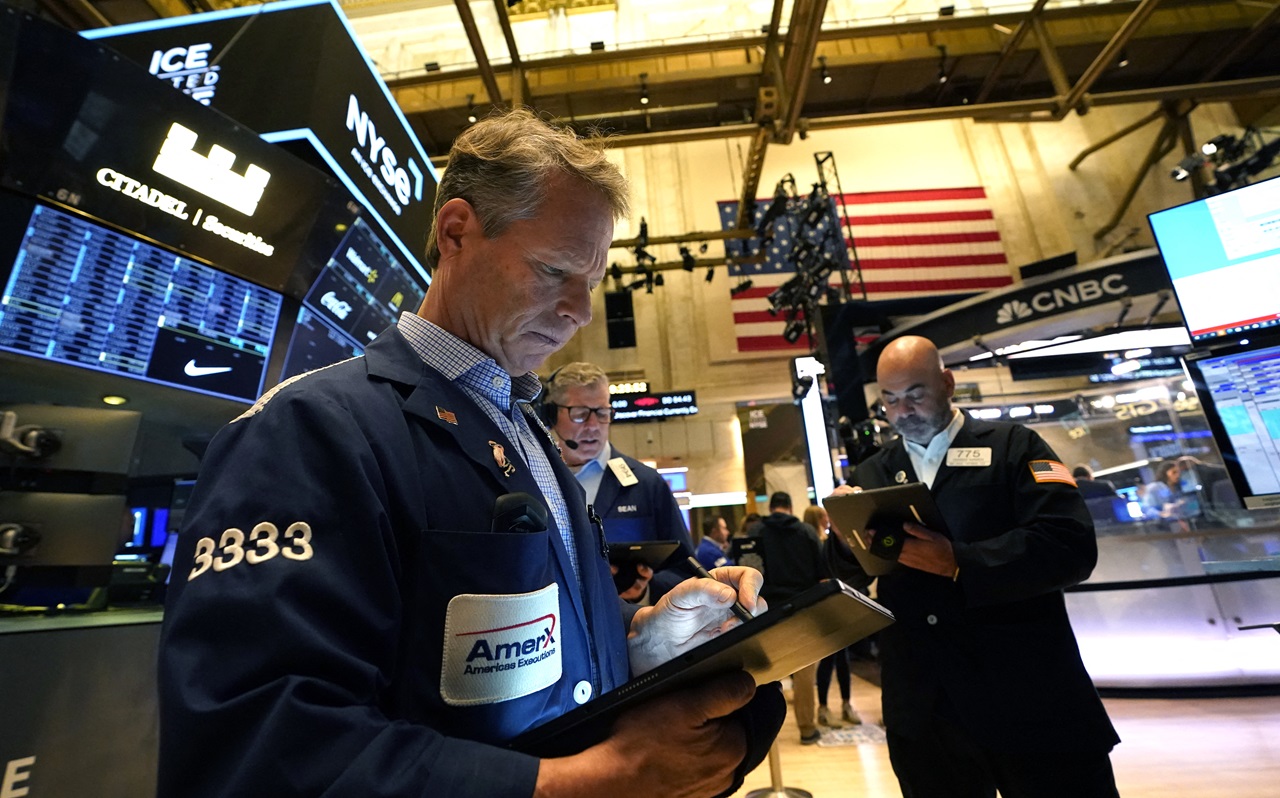
Overreacted? Here's why all markets are down after the Fed announcement
The Fed decided to cut interest rates but announced that it would not continue to accelerate the pace. Why?
Stock markets in the United States, Europe and Asia fell after the Federal Reserve announced its decision: a quarter-point cut in interest rates. Although it was expected, a surprise appeared on the scene: the pace of the reduction in the cost of money will slow down. The result: heavy losses in all global capital markets.
All three major indices on Wall Street finished firmly lower, while the yields on US Treasurys surged as traders digested the prospect of higher interest rates over the next couple of years.
The dollar initially rallied on the outlook, while the yen was pressured Thursday also after the Bank of Japan kept borrowing costs unchanged.
The Bank of England maintained its official interest rate at 4.75%, confirming that the world's major central banks are still concerned about inflationary issues.
"Investors were blindsided as the Federal Reserve halved the expected pace of interest rate cuts for next year," noted Richard Hunter, head of markets at Interactive Investor.
All three main indices in New York were sent spinning Wednesday, led by a rout in high-flying tech titans.
The Fed said it expected to cut just twice next year, down from a forecast of four quarter-point reductions signalled in September.
While inflation has "eased significantly", the level remains "somewhat elevated" compared to the Fed's long-term target of two percent, Fed chair Jerome Powell told reporters.
Powell said he remained "very optimistic" about the state of the US economy, adding that the Fed was now "significantly closer" to the end of its current easing cycle.
The Fed's revision came as a surprise even if investors had speculated about how the US central bank would position itself as president-elect Donald Trump prepares to take office.
Analysts said Trump's plans to cut taxes, slash regulations and impose tariffs on China risked reigniting inflation.
Jack McIntyre, a portfolio manager at Brandywine Global, said although the latest Fed rate-reduction had been priced in by markets, "when you include the forward guidance components, it was a hawkish cut".
"Stronger expected growth married with higher anticipated inflation -- it's no wonder the Fed reduced the number of expected rate cuts in 2025."
The Trump issue
If the FED decides to slow down the interest rate cut, it means that inflationary pressures remain and must be controlled and, on the other hand, money in the United States will maintain some gaps with other types of investments.
So treasury managers must adjust the composition of their portfolios. That is what happened yesterday and is still happening today.
It was the final planned rate decision before outgoing Democratic President Joe Biden makes way for Republican Donald Trump, whose economic proposals include tariff hikes and the mass deportation of millions of undocumented workers.
RELATED CONTENT
The non-partisan Congressional Budget Office (CBO) estimates that imposing fresh tariffs would cut economic growth and push up inflation.
Following Trump's victory in November's election, some analysts had already pared back the number of rate cuts they expected in 2025, warning that the Fed may be forced to keep rates higher for longer.
The Fed has made progress tackling inflation through interest rate hikes in the last two years without dealing a knockout blow to either growth or unemployment, and recently began cutting rates to boost demand in the economy and support the labor market.
But in past months, the Fed's favored inflation measure has ticked higher, moving away from the bank's target and raising concerns that the inflation fight is not over.
Members of the Fed's rate-setting Federal Open Market Committee (FOMC) now "need to see additional improvements in inflation to continue to cut rates -- full stop," KPMG chief economist Diane Swonk wrote in a note published after the decision.
Higher growth, higher inflation
In updated economic forecasts published alongside the rate decision, members of the 19-member FOMC also hiked their outlook for headline US inflation next year to 2.5 percent, and do not see it returning to two percent before 2027.
In some good news for the world's largest economy, FOMC members raised their outlook for growth this year to 2.5 percent, and to 2.1 percent in 2025.
Policymakers expect the unemployment rate to be slightly lower this year than previously predicted at 4.2 percent, before ticking up slightly to 4.3 percent in 2025 and 2026 -- a figure at least one analyst said was overly optimistic.
"Rate cuts will come faster than the Fed expects, as unemployment tops the new forecast," Pantheon Macroeconomics chief US economist Samuel Tombs wrote in a note to clients published after the decision.
With information from Agence France-Presse










LEAVE A COMMENT:
Join the discussion! Leave a comment.